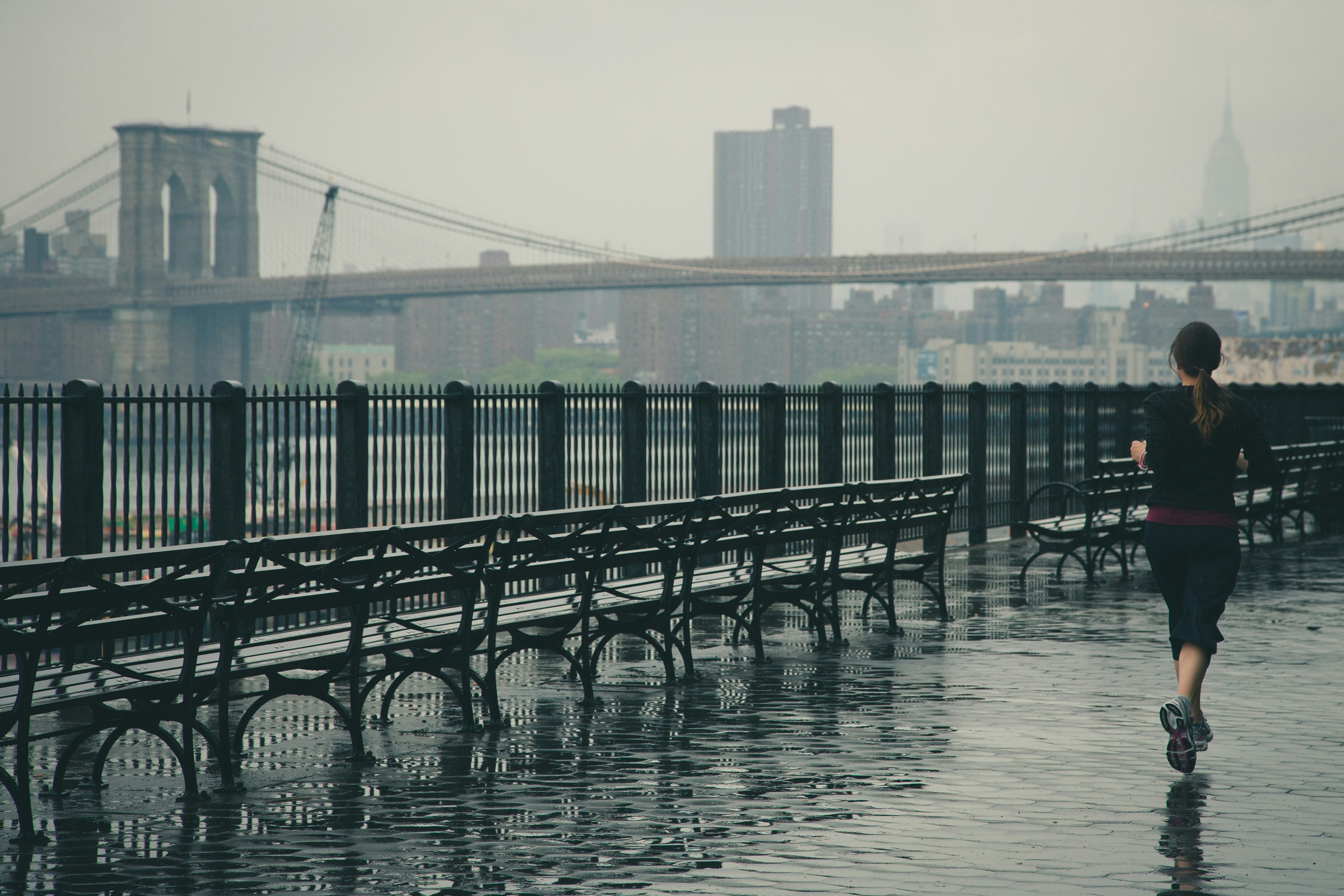Running a marathon is seen as the big goal for committed runners – and it’s quite the triumph since running for so far and long is a big challenge no matter how healthy one is. I’ve never run a marathon and I just found out that there’s no reason to (phew!). It turns out that after looking at a lot of studies on health and running that just committing to a 5K run is enough.
5K seems to be the optimal distance for the vast majority of people given the fact that it’s long enough to be a challenge but not so long it can endanger one’s health.
So by focusing on the 5K, you’re optimizing health benefits and minimizing injuries, and if you’re deliberate about your training, you can maximize your fitness gains too. Training seriously for the 5K will get you close to your biological potential for aerobic fitness, Joyner said. “Seriously is the key though,†he said. The secret is high-intensity interval training, or HIIT — short periods of very hard efforts interspersed with easier recovery bouts. Studies show that these high intensity workouts produce greater improvements in VO2 max than the kind of long, slow workouts emphasized in many marathon training plans.1 Two-time U.S. 5,000-meter champion Lauren Fleshman has published a list of a dozen 5K-friendly HIIT workoutsat Strava, most of which require no track, just a stopwatch.
